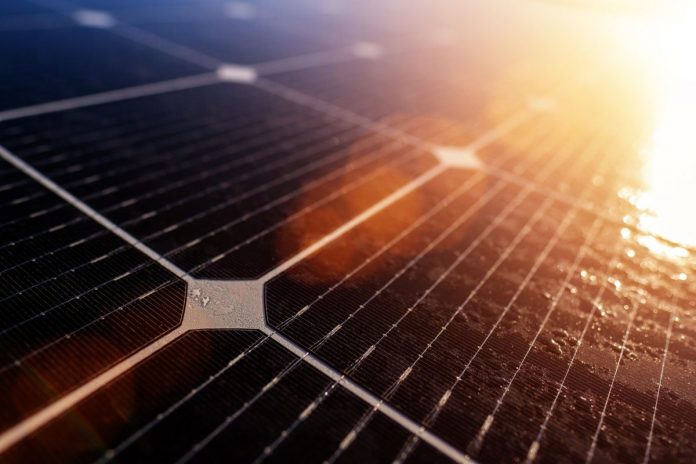Scientists from Malaysia’s Multimedia University claim to have developed a new, cheaper method to assess PV cooling techniques.
The new method is said to be less expensive than standard approaches that are based on PV’s standard test conditions with fixed solar radiation of 1000 W/m2 and the comparison between a PV panel with cooling system and a module of the same size without the cooling technology. In the proposed model, the comparison is made between the output power of PV panel with a cooler that has a certain number of solar cells and a single solar cell without cooler, with the cell being of the same kind of those used in the reference panel.
Considering a PV unit with 150 cells and a cost of $1 per cell, the conventional method would require a sum of $300 for the purchase of this hardware, while with the new model an expense of only $151 would be needed.
Furthermore, the researchers said that with conventional methods the amount of solar radiation needs to be fixed at 1,000 W/sqm. While the new approach is more flexible on this, it can also significantly reduce the performance evaluation cost of the PV coolers. For example, the testing cost for 100 W/sqm of solar radiation for one hour is $1 if the new approach is applied, while with conventional methods it is $10 for 1,000 W/sqm.
A new parameter – the photovoltaic efficiency difference factor – was proposed by the Malaysian scientists for the assessment of the PV cooler performance by indicating if the cooling performance is contributing to photovoltaic efficiency gain or loss.
The parameter considers environmental test conditions such as solar radiation, ambient temperature, and wind velocity. It depends on a number of factors, including the output power from a single solar cell without a cooler, and the output power from a PV panel with a cooler. The maximum output power, which is obtainable from the PV manufacturer’s datasheet, is also important. In addition, the parameter includes the number of solar cells available it contains, the pumping power (for forced convection cooling), and the inclination angle.
“The positive number of photovoltaic efficiency difference factor indicates the cooling system is contributing to the PV efficiency gain,” author Sakhr Sultan told pv magazine. “The proposed method can be used under any amount of solar radiation, and the use of a single solar cell without cooling is enough to execute the performance evaluation for a PV with a cooler. This parameter can be used by designers and manufacturers of PV cooling systems.”
The researchers describe their approach in A new method for reducing the performance evaluation cost of the photovoltaic module cooling techniques using the photovoltaic efficiency difference factor, recently published in Case Studies in Thermal Engineering and on the ScienceDirect website. The same research team provided an overview of performance assessments and comparisons of different ways to keep solar panels cool when they operational. It also came up with a new way to rank PV module cooling techniques based on manufacturing costs and expected panel output.






